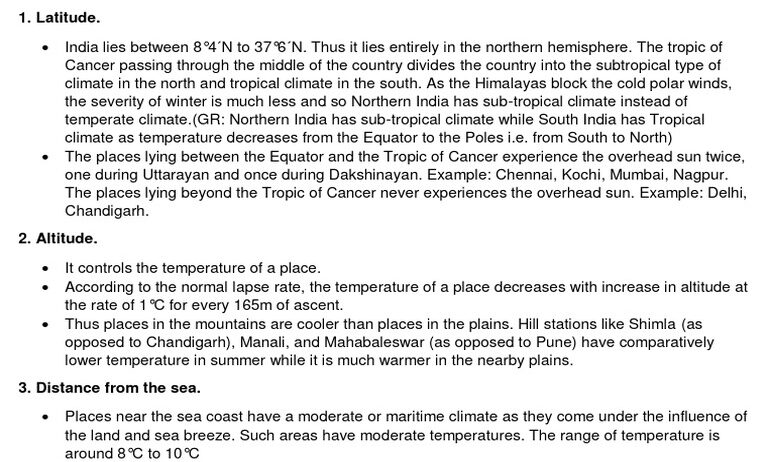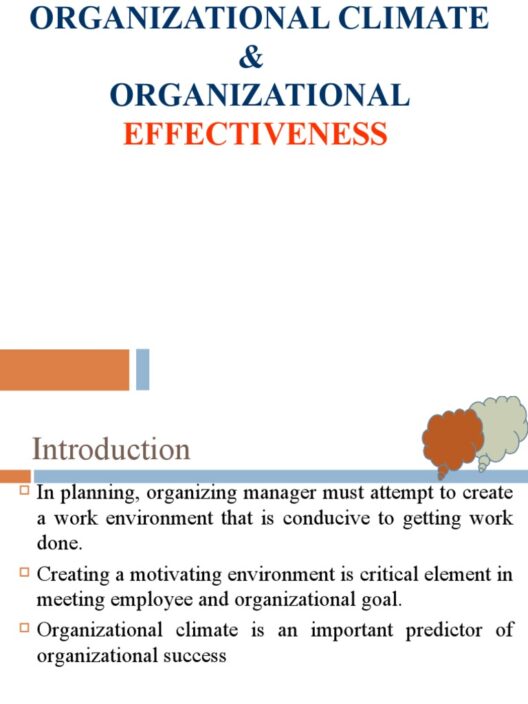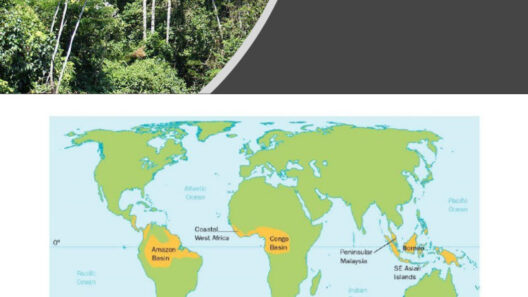The climate of India is an intricate tapestry woven from a myriad of meteorological phenomena. This vast subcontinent, adorned with towering mountains, expansive plains, and shimmering coastlines, showcases a spectrum of climatic experiences that vary dramatically across its diverse geographical landscape. It is imperative to comprehend the distinctions between these climates, particularly the monsoons, heatwaves, and the overall climatic diversity that exists within the nation.
At the heart of India’s climatic identity lies the monsoon season, a hallmark of the Indian weather system. These seasonal winds emerge from the southwest and carry with them copious amounts of moisture, rejuvenating the parched land. The onset of the monsoon, typically commencing in June and tapering off by September, transforms the arid regions into lush green expanses, breathing life into agricultural endeavors. But what truly characterizes the monsoon? Is it merely the downpour, or is it the way it underscores the interdependence of climate and culture?
During this verdant period, the Indian subcontinent experiences a deluge as the sky unleashes its bounty. The intensity and distribution of rainfall can vary dramatically. Coastal regions like Kerala are graced with relentless showers, while the northern plains may receive sporadic rainfall. Consequently, agriculture, which predominantly relies on these rains, is significantly influenced. Farmers meticulously plan their sowing schedules around monsoon patterns, taking into account the anticipated rainfall. However, the unpredictability of the monsoon poses a challenge. Could the nuances of climate variability jeopardize food security, rendering the delicate balance of ecosystem and economy perilous?
Contrary to the life-giving rains, the summer months bring a harrowing reality – heatwaves. India, experiencing relentless temperatures, often sees mercury levels soar beyond 45°C (113°F). These extreme heat events are characterized by persistent and excessive heat combined with high humidity. The searing conditions primarily affect the northern and central regions, where urban areas face exacerbated effects due to concrete heat islands. The repercussions of these heatwaves extend beyond mere discomfort; they threaten public health, agricultural productivity, and energy demands. Will the increasing frequency of such extreme heat events necessitate a reevaluation of urban planning and public health strategies?
In stark contrast to the oppressive heat and the torrential rains, India’s climatic diversity stretches from the alpine cold in the Himalayas to the tropical climate of the southern peninsula. The nation can be segmented into distinct climatic zones that correspond to geographical features, with the Western Ghats, Thar Desert, and the Himalayan region each offering unique weather patterns. The coastal regions, basking in a tropical climate, are marked by high humidity and temperatures, while the interior regions, such as Rajasthan, embrace an arid climate with scant rainfall.
This climatic diversity not only enriches the ecosystem but also informs sustainable agricultural practices. For instance, the indigenous farming practices of the northeastern states focus on terracing and crop diversification to harness the rain efficiently, while the arid regions employ advanced irrigation techniques and drought-resistant crops. In this way, how can India’s diverse climates inspire sustainable farming practices and resilience against climate change?
The geographical expanse of India additionally introduces phenomena such as cyclones and droughts, each leaving their indelible mark on the landscape and its inhabitants. Cyclones, particularly in the eastern coastline, can unleash devastation, uprooting lives and livelihoods. The frequent occurrence of droughts in the Deccan Plateau serves as a stark reminder of water scarcity issues, spotlighting the need for comprehensive water management strategies. These climatic adversities serve as an impetus for a national dialogue on climate action and environmental stewardship.
The dynamic interplay of these climatic conditions underscores the importance of adaptation strategies. With the looming specter of climate change exacerbating weather patterns, proactive measures are essential for building resilience among communities. Awareness campaigns about water conservation, energy efficiency, and climate-responsive agricultural practices can foster a culture of environmental accountability. Individuals and governments alike must ask themselves: how can we transition to a greener paradigm that embraces both innovation and sustainability?
Ultimately, the climate in India offers a compelling narrative filled with complexity and contradiction. The monsoon, heralded as a life-giving force, coexists with scalding heatwaves that threaten survival. The diverse climates within the nation compel us to acknowledge the interwoven connections between human activity, ecology, and weather patterns. As climate activists and advocates for sustainability, the charge lies with us to galvanize communities and policymakers towards a future that harmonizes economic growth with environmental preservation.
In a world grappling with the realities of climate change, the question remains: can we pivot from a trajectory of exploitation to one of stewardship? The answer may lie in understanding and respecting the intricate relationship between climate and the myriad ways it shapes our lives. As custodians of our planet’s future, embracing this challenge with resolve will define the legacy we leave for generations to come.







